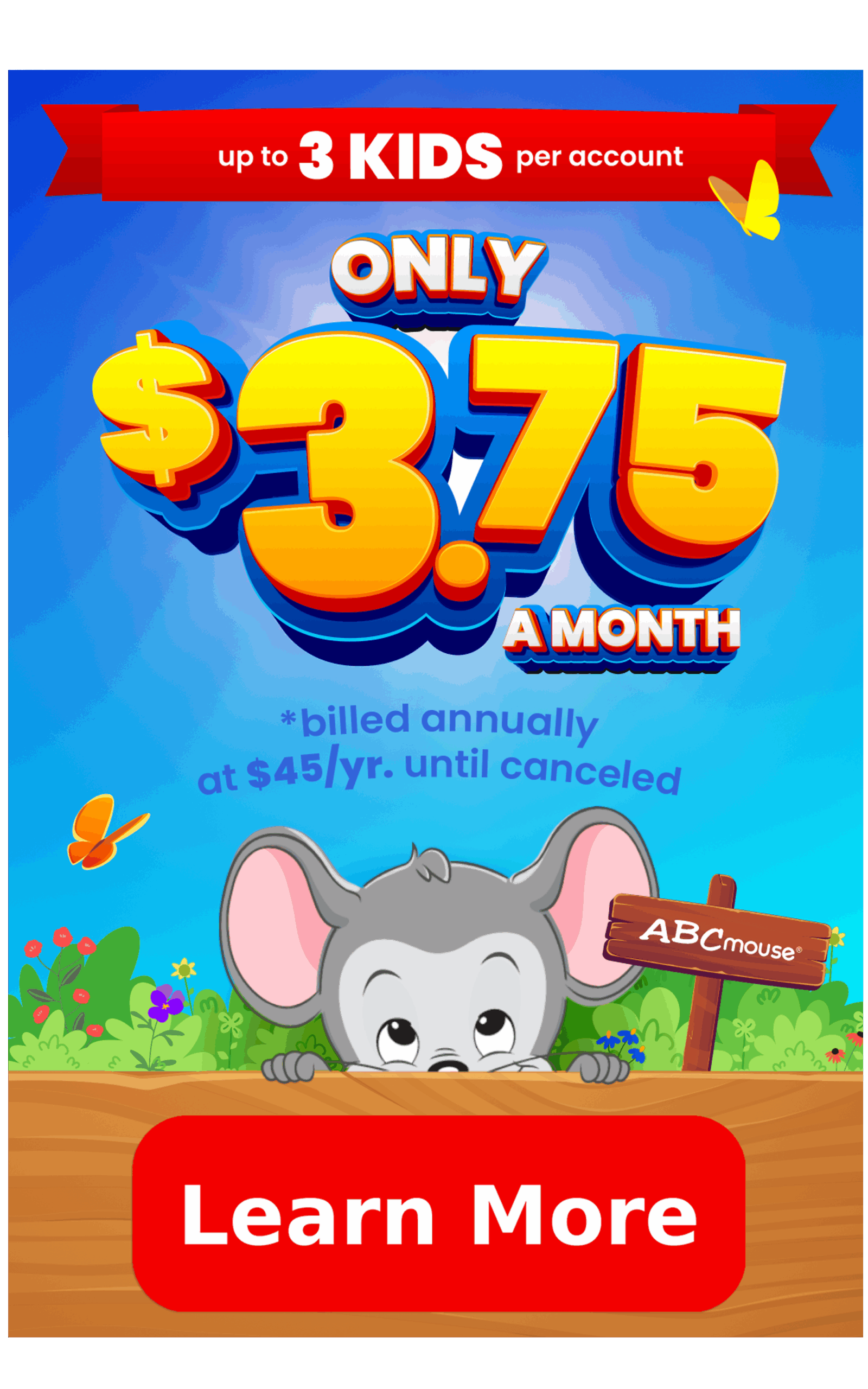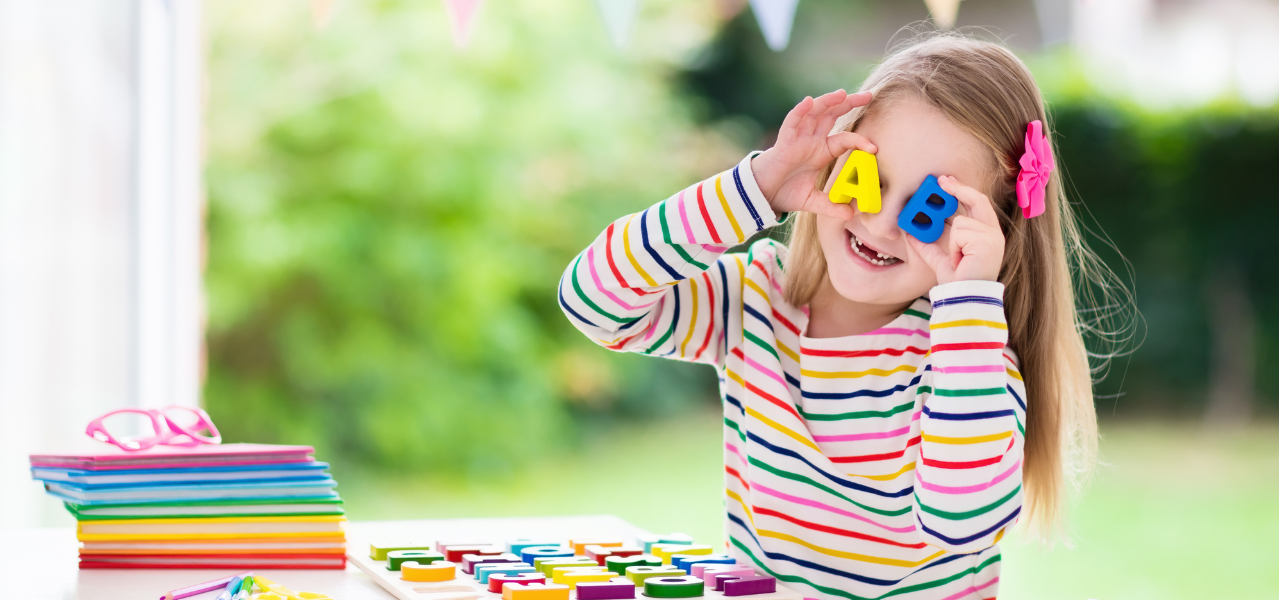
How to Teach Letter Recognition to Young Learners
Letter learning is a critical step in your child’s literacy journey. Get great tips and insights on how to help your child learn to identify the letters of the alphabet and their unique sounds.
Nearly every adult can remember proudly singing the ABC song, showing off their knowledge of the letters of the alphabet. Here’s how to give your own child the same experience as you teach them about letter recognition.
What is Letter Recognition?
Letter recognition and letter naming usually go hand-in-hand. We teach kids to recognize the letters of the alphabet in both uppercase and lowercase form by looking at their shapes. We also teach them the names of the letters at the same time.
Kids who are proficient in letter recognition can identify a letter and say its name on sight. They can choose the correct letter from a selection of letters when prompted, and they can do this with both upper and lowercase formats.
Why is Letter Recognition Important?
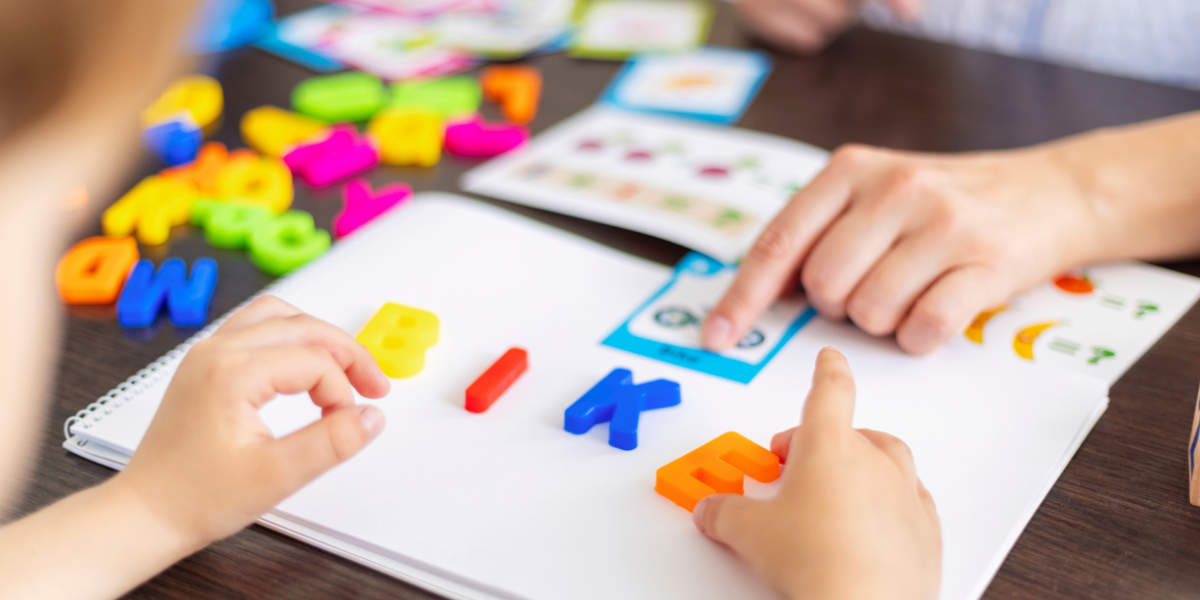
Trying to learn to read without recognizing the letters is like trying to learn to add without knowing what numbers mean. According to research published by the International Journal of Education in Mathematics, Science, and Technology, “mastering letter recognition is an important milestone that is the basis for good reading and writing skills.”
Letter recognition is important because young readers must first understand that there is a systematic relationship between printed letters and the sounds they stand for in words. For example, the letter ‘a’ stands for the /a/ sound in cat. In order to make this connection, children need to be able recognize and name several letters.
When Do Children Learn Letter Recognition?
You can start letter recognition activities at a young age, around two or three. With toddlers, your goal is to help them begin to identify the shapes of letters and to distinguish the special shapes of letters from all of the other shapes and symbols they see (e.g., circles, squares, and happy faces). Young children also need to learn the names of each letter shape.
Tip:
This is also a terrific time to sing the alphabet song again and again, since it teaches letter sequencing skills as well.
It’s important for parents to remember that at this young age, children’s memory retention is limited, so don’t worry if they only master a few letters to begin with. By the age of four or five, most children have developed the memory capacity to learn to recognize all the letters of the alphabet.
How Can I Teach Letter Recognition to My Child?
Babies and toddlers can prepare for letter recognition by exploring the lines, curves, and shapes that letters are made up of. Let them play with letter manipulatives like magnets or beads, discovering the shapes with their fingers and becoming generally familiar with them.
Around age two or three, you can begin more formal letter recognition activities. Many people start with the letters in their child’s name and with the first letters of names that are important to the child (such as M for Mommy, P for Papa, and L for Luna the cat). This approach can help to personalize the child’s learning.
Tip:
It’s okay for children to learn the letters of the alphabetical out of order.
Introduce each letter individually, spending time first exploring the shapes of each using all your child’s senses. Trace letter shapes with their fingers, dig letter beads out of the sandbox, or look for letters on signs and other real-world places.
Focus on the letter’s shape and its name, without worrying too much about the sound it makes just yet. Be sure to use both uppercase and lowercase letters, since they often look very different. Practice with flashcards, color in or trace letter worksheets, watch videos or play online ABC games. Aim for about 10-15 minutes of practice each day by the time your child is age four.
Find lots of terrific letter recognition and naming activities to try with your child here.
Why Do Some Students Struggle With Letter Recognition?
If your child is still very young (preschool or younger), they might not yet have the memory capability to learn all their letters fluently. As they get older and their memory capability expands, more practice will help them master letter recognition.
In many cases, kids struggle with just a few letters that are visually similar and easily confused, like “b” and “d,” or “M” and “W.” They might just need a little more practice with these letters specifically, so set aside some time each day to work on those challenging letters.
Some people have learning differences when it comes to skills like letter recognition. One of the most common is dyslexia, which can make it harder for people to tell letters apart, among other things. If your child is still struggling with letter recognition by first or second grade, it might be time to ask their teacher or pediatrician about being evaluated for potential learning disabilities. There are plenty of strategies and tools that can help those with reading learning differences overcome letter recognition challenges.
How Can ABCmouse Help Kids with Letter Recognition?
Letter recognition is one of the foundational skills covered in ABCmouse’s Reading Program. Following a self-paced award-winning curriculum designed by experts, kids complete guided lessons, play games, sing songs, and watch videos to build reading skills over time. There are are variety of activities to meet the needs of every learner, including games that entice young children to practice with letters again and again. Plus, you get access to our complete library of games, videos, and paper-based learning activities.
#1 Downloaded Kids’ Education App in the U.S.
The ABCmouse app has so much to offer! You and your child will find 10,000+ games and activities designed by curriculum experts to nurture math and reading skills, along with an extensive digital library and so much more. Our research-back curriculum focuses on preschoolers through second graders.
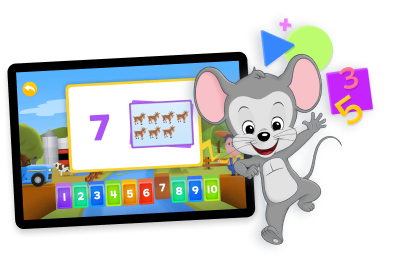
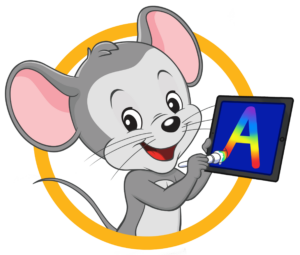
Then just $14.99 a month until canceled
ABCmouse’s expert advice review process:
Our team of ABCmouse Curriculum Experts, made up of talented professionals in early childhood education and development, take a close look at educational content and learning claims. They put in the effort to make sure our information is accurate and current. We have a certified educator or another respected authority review the content, matching their expertise with the topic at hand. They’ll make sure the content is thorough and follows the latest research and educational guidelines. If they think we can make things even better, they’ll chat with our editorial team, and we’ll make those improvements right away. Only after a reviewer gives their thumbs-up does a piece of content get the official stamp of approval in the byline.


